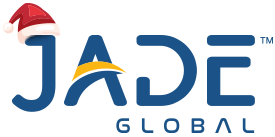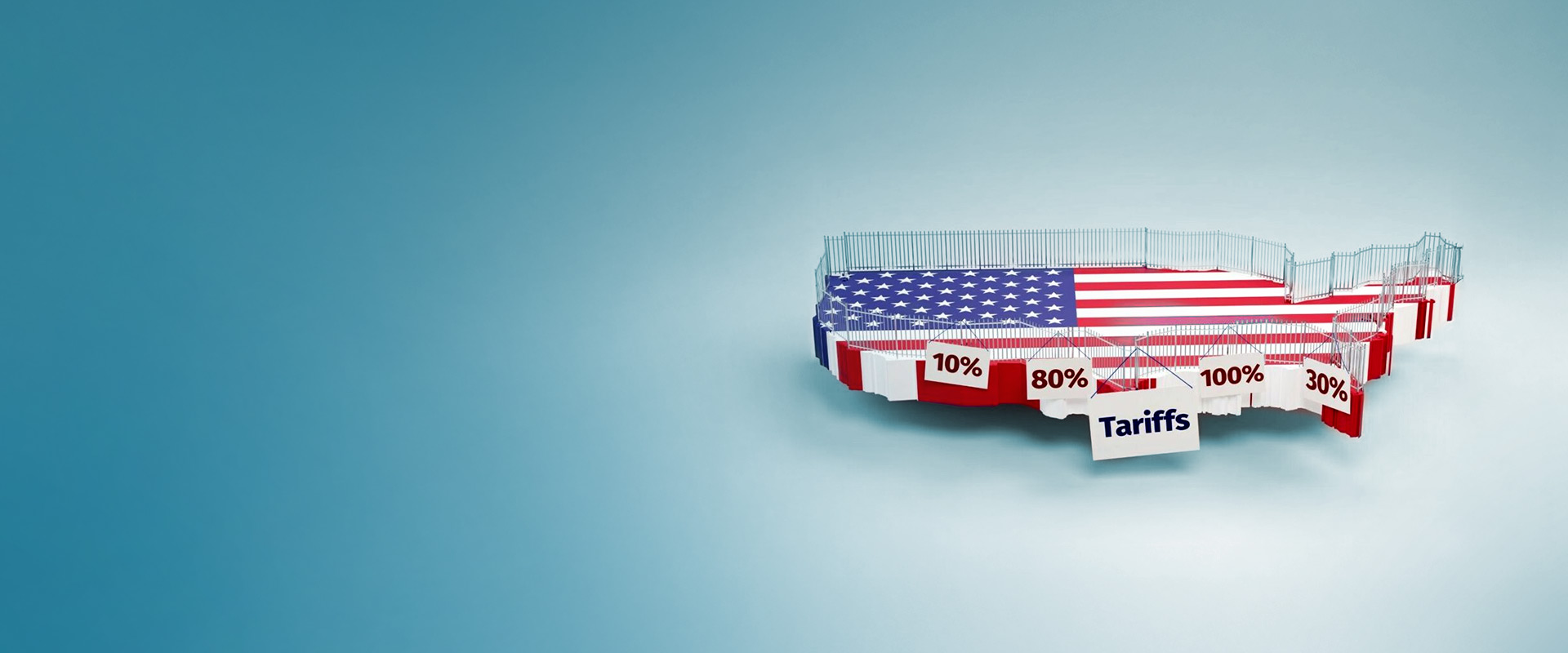Summary: In this article, we explore how tariffs are impacting U.S. businesses across various industries, including manufacturing, healthcare, high tech, and retail. With the resurgence of tariffs, companies are facing higher input costs, volatile supply chains, and price pressures. We also discuss AI-driven solutions to help mitigate these risks and maintain business resilience. Key takeaways include tariff mitigation strategies, cost-saving opportunities, and leveraging AI for long-term optimization.
Tariffs have long been part of U.S. trade policy, but their recent resurgence is having an outsized impact on modern global supply chains. While initially created to protect domestic industries, tariffs have evolved into strategic levers used to negotiate trade advantages and enforce geopolitical interests.
According to Statista, American importers paid more than $260 billion in trade war duties by the end of 2024, mostly related to U.S.-China trade tensions. With new rounds of tariffs now targeting sectors like electronics, semiconductors, steel, and aluminum, U.S. businesses are being forced to navigate complex cost increases, supply disruptions, and operational uncertainty. The impact of tariffs is no longer a future concern; it’s a real and immediate challenge across the economy.
Whether you are in manufacturing, healthcare, high tech, or retail, companies across industries are now exploring more innovative, analytics-driven approaches to managing these risks. Many are turning to partners like Jade Global to uncover cost-saving opportunities and improve supply chain resilience through data and automation.
Jade’s AI-Powered Tariff Analyzer Platform
Explore how we can support your journey with TariffImpactAI, our AI-Powered Tariff Impact Analyzer solution, or reach out to schedule a free demo tailored to your business needs. Contact Us!
This isn’t a future threat, it’s already here. The question U.S. manufacturers and distributors must ask now is how to adopt tariff mitigation strategies to protect business resilience proactively.
What Tariffs Are Disrupting U.S. Industries
Recent tariff policies are hitting the industrial sector particularly hard, especially organizations dependent on global sourcing, lean margins, and tightly coordinated logistics. Key tariff effects on industries include:
1. Rising Input Costs
Tariffs on essential materials like semiconductors, electronics, steel, and aluminum are compressing margins, particularly for small and midsize businesses (SMBs) that lack the pricing power to offset added costs.
2. Volatile Supply Chains
Shifting trade rules are impacting lead times and inventory buffers, forcing companies to rethink global supplier networks and accelerate nearshoring or reshoring initiatives.
3. Product Redesign & Tariff Engineering
To lower exposure, manufacturers are exploring design modifications and component swaps that strategically change a product’s tariff classification, reducing duty payments.
4. Pricing Pressures & Market Competitiveness
Higher landed costs often lead to price increases, resulting in potential customer churn and competitive losses. For many, absorbing costs is not sustainable long-term.
5. Uneven Regional Impact
Enterprises with domestically sourced inputs are more insulated. Others—especially those relying on Asia-Pacific imports—face heightened risk and rising compliance burdens.
What Happens When Tariff Risk Management Meets Digital Optimization
A reactive approach isn’t enough. Forward-thinking enterprises are investing in digital tariff management solutions that combine real-time data, intelligent analytics, and business-wide integration. These solutions form the backbone of modern tariff mitigation strategies.
Here’s how leading organizations are mitigating tariff risks proactively:
- Real-Time Data Acquisition
Leverage live feeds from ERP systems, Harmonized Tariff Schedule (HTS), WITS, WTO, and customs databases to stay ahead of regulatory changes.
- Advanced Impact Analysis
Model the financial, operational, and supply chain impact of tariffs, before they hit your bottom line.
- Actionable Recommendations
Identify alternative sourcing regions, tariff engineering opportunities, and duty deferral or exemption strategies.
- Enterprise-Wide Integration
Integrate with ERP, PLM, procurement systems, and data lakes for scalable insight across the organization.
Whar Are the Measurable Business Impact of TariffImpactA:
Companies that embrace a data-driven tariff strategy are realizing tangible returns:
- 15–20% reduction in duty costs
- 50% lower supply chain risk exposure
- 4–6× faster adaptation to new tariff regimes
- 70% less manual effort in compliance and cost modeling
How to Get Started
Jade Global offers a rapid-deployment Tariff Impact Assessment and strategic Implementation Roadmap, tailored to your business goals. Within just a few weeks, we’ll deliver:
- A CXO-ready dashboard
- What-if scenario modeling
- Priority action items to reduce tariff burden
- A clear path to long-term optimization
Final Thoughts
To stay competitive, U.S. companies must move from reactive cost control to proactive, insight-led operations. With advanced analytics, AI, and the right partner, what feels like a risk today can become a strategic advantage tomorrow. At Jade Global, we help businesses turn complex data into clear decisions—combining deep domain expertise with powerful digital tools. Get a free demo of TariffImpactAI.













